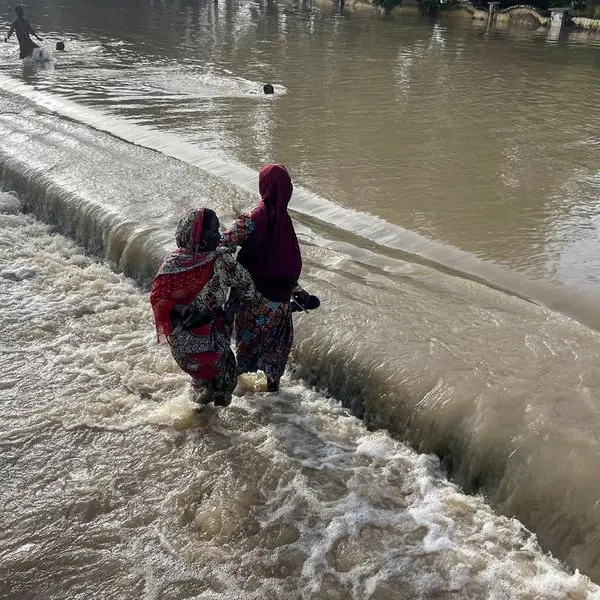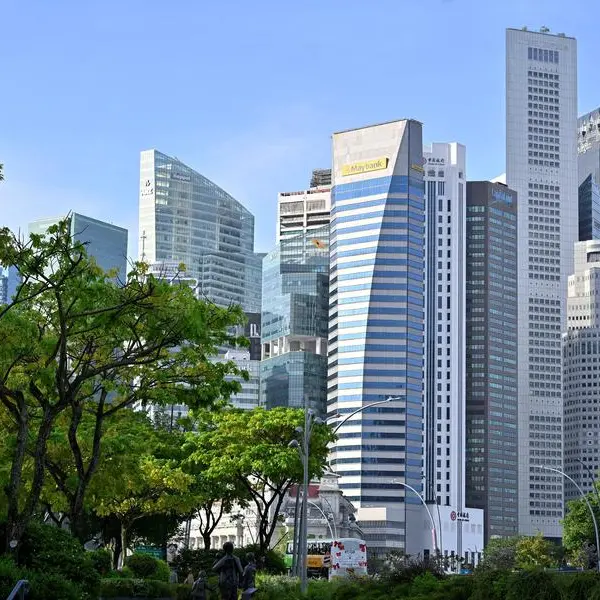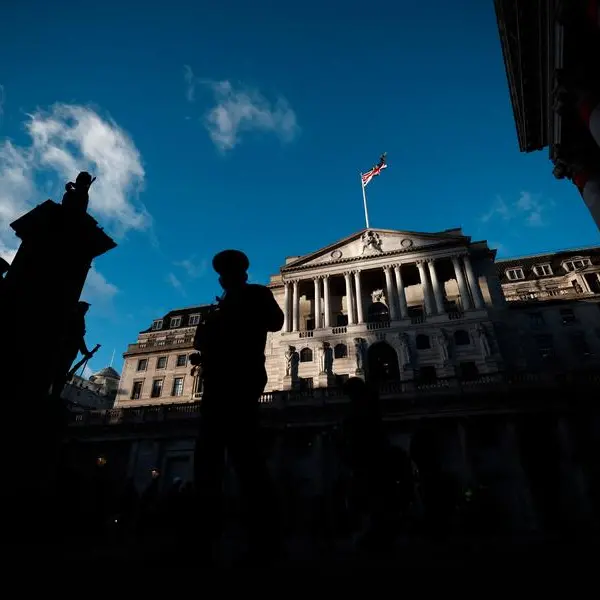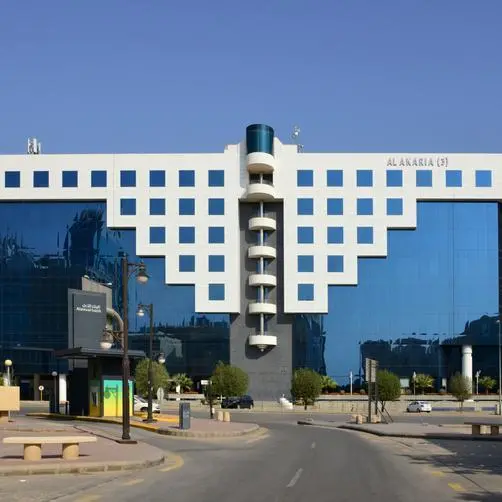PHOTO
S&P Global Ratings has said that Gulf Cooperation Council (GCC) banks' solid performance indicators in the first half of the year suggest they will finish 2024 strong.
GCC banks' good performance should continue throughout 2024, absent any unexpected shock, thanks to increasing lending volumes, higher fee income, stable margins, and strong cost efficiency.
For 2025, expected rate cuts would trim margins but could be supportive of asset quality, S&P Global Ratings said, in a recent report titled “Your Three Minutes In Banking: GCC Banks Are Well Positioned To Continue Their Strong Run”.
More broadly, GCC banks remain exposed to potentially slower economic growth because of oil market dynamics (production and prices), the potential unwinding of imbalances in real estate and other cyclical sectors, and geopolitical risks that could shift investor sentiment.
What's happening
The non-oil sectors in Saudi Arabia and the UAE spurred 10.4% annualised lending growth for the top 45 GCC banks in the first half of 2024, up from 6.7% in 2023. For the same period, higher-for-longer interest rates kept margins stable at 2.7% despite the migration of deposits from noninterest bearing (NIBs) instruments to remunerated ones.
NIBs reached 45% at end-2023, down from 48% at end-2022, and have since continued dropping. Steady non-oil growth supported asset quality metrics, with cost of risk at 60-70 basis points (bps). These developments enabled the banks to maintain strong profitability in the first half, with return on assets strengthening to 1.74%, from 1.65% at end-2023.
Why it matters
S&P expects sustained strong performance over the remainder of the year will help GCC banks navigate potential turbulence. Alongside solid results, conservative dividend payouts will likely help maintain, or further strengthen, banks' capitalisation. At June 30, 2024, the average Tier 1 ratio for banks in S&P’s sample stood at 17.1% versus 17.3% at end-2023. Yet, still-muted real estate performance in Qatar and Kuwait--notably due to oversupply and subdued demand, respectively--could present risks for those banking sectors. However, banks' strong provisions in Kuwait and the state's strong footprint in the Qatari economy will likely support banking sector resilience.
What comes next
GCC banks should remain resilient. S&P expects the Federal Reserve to cut rates by 150 bps between September 2024 and end-2025. This will likely shave 12% from the bottom line of the GCC banks in S&P’s sample, based on 2023 disclosures; each 100-bps rate drop reduces net income by 8% for these banks. This clearly assumes static balance sheets but points to manageable risks.
This is also likely to create some breathing space for highly leveraged corporates and retail clients, thereby supporting asset quality. In addition, S&P thinks banks' measures to control costs might means that the overall impact may be lower than the suggested 12% decline.
A protracted, full-scale regional conflict remains outside S&P’s base case. GCC sovereigns and banks are relatively well positioned to navigate the adverse impacts of geopolitical risk absent extreme downside scenarios such as the closure of key export routes or threats to domestic security. A sharp increase in uncertainty could trigger detrimental capital outflows or prompt sovereigns to liquidate external assets and provide support, as was seen in previous episodes of heightened geopolitical risk. Although external debt has risen for Bahrain and Saudi Arabia, the risks are still in check.
The Saudi net external debt position remains small and owing to significant regional deposits at Bahrain's banks, which will remain stable in most scenarios. The UAE and Kuwait remain in a net external asset position. Qatar's external debt has stabilised, and it is assumed that any unexpected outflows will prompt government support, as occurred during the boycott in 2017.
Copyright 2024 Al Hilal Publishing and Marketing Group Provided by SyndiGate Media Inc. (Syndigate.info).























